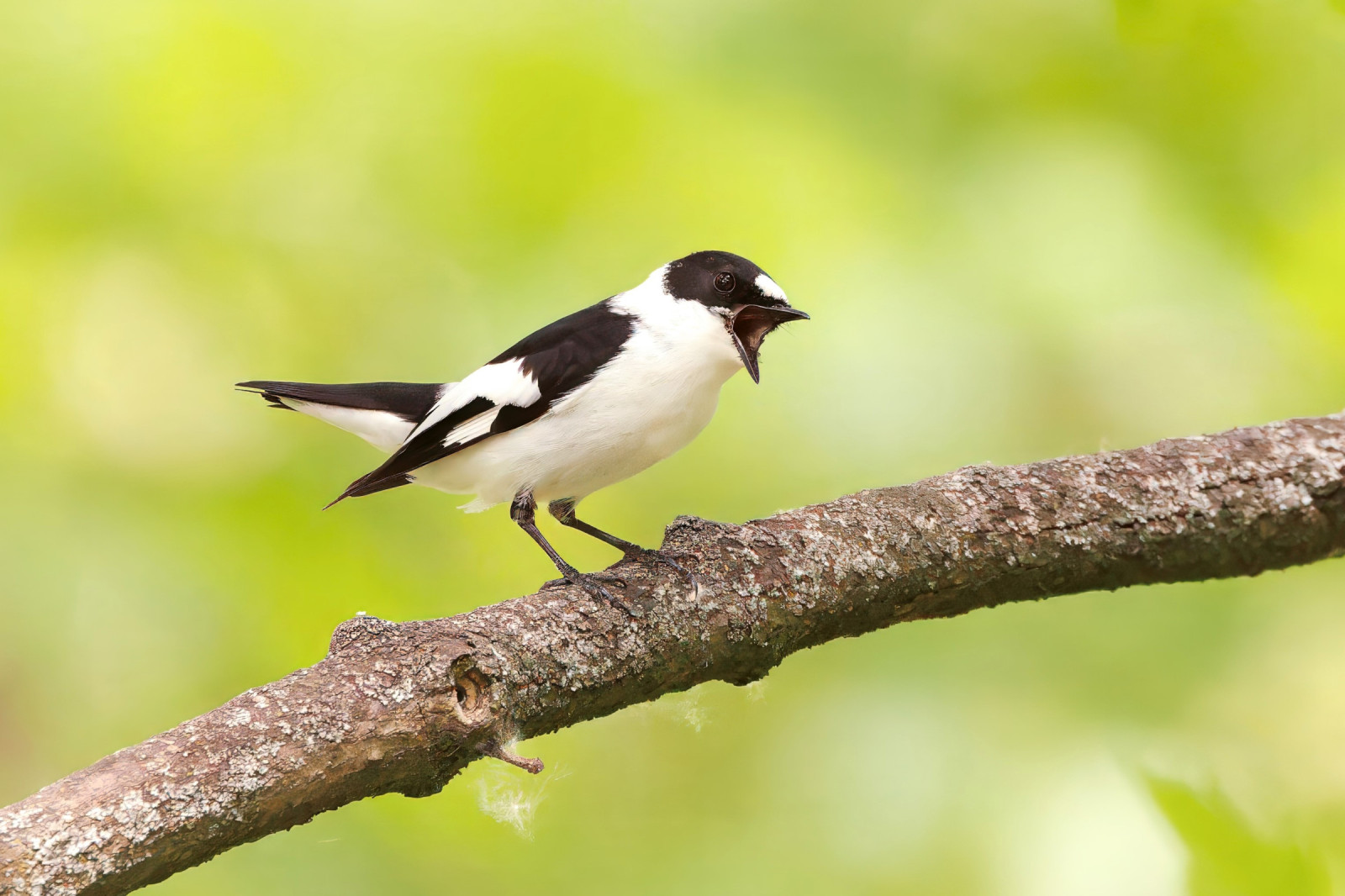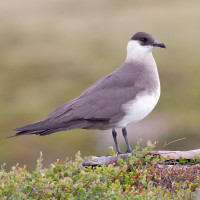Descrizione
No less than 244 bird species have been recorded on the islands of Stockskär and Häradskär. In March the migration of Edredone starts. Thousands of of them can bee seen migrating past the island if the weather is okay. At the same time the first Corriere grosso, Volpoca, Beccaccia di mare and Spioncello marino can be seen in smaller numbers. You can also see smaller amounts of migrating marine ducks and loons, but only in small numbers. At this time the first auks also arrive.
In April the spring birds continue to arrive. The migration of marine ducks continues, and sometimes hundreds of Moretta grigia might be seen migrating. Sometimes a couple of Svasso maggiore, Svasso cornuto and Svasso collorosso can be seen resting or passing. The first terns also arrive in april.
In May large number passerine birds arrive. Hundreds of warblers can bee seen resting on the island on their way north. Some birds who are numerous during this season are Codirosso (as many as 50 have been seen in a day), Bigiarella (as many as 750 have been seen in a day), Sterpazzola (as many as 50 have been seen in a day), Luì grosso (up to 500 have been seen in a day), Capinera (as many as 150 have been seen in a day), Luì grosso (as many as 500 have been seen in a day), Luì piccolo (as many as 40 have been seen in a day), Luì verde (as many as 75 have been seen in a day). Most passerine birds are seen around the 10th of May. Along with theese birds you can find many rare ones like Pettazzurro (relativley common) Balia dal collare (possible if the conditions are right), Pigliamosche pettirosso (seen almost every year) Codirosso spazzacamino (seen every year), Gufo di palude (seen almost every year) Merlo dal collare (seen some years), Crociere fasciato (some years) Zigolo minore (seen only some years). In May large amounts terns also pass the islands, sometimes in the hundreds.
After May has passed it is not until September that the islands start to become rich in birds. The migration starts with passing Svasso collorosso. A few passerine birds also rest on the island on their way south. Like Forapaglie macchiettato (rare). It is in the middle of September that the waterfowl starts to migrate south which continues all the way into September. Starting with marine ducks and dabbling ducks. Most common are the Orchetto marino (as many as 4400 have been seen migrating in a day), Orco marino (as many as 3400 have been seen migrating in a day), Smergo minore (as many as 770 have been seen migrating in a day), Fischione (as many as 3600 have been seen migrating in a day) who can be seen in the thousands migrating. Later in the season Oca colombaccio starts to migrate south often in the thousands.
In October/late September the large amounts of passerine birds return, this time with hundreds of Regolo (at most 600), Pettirosso (at most 300), Scricciolo (at most 400), Rampichino alpestre (at most 120), Organetto (at most 800), Tordo bottaccio (at most 500). In autumn ringing is carried out at Häradsskär. Along with these birds it is not rare to find a rare warbler or pipit like Luì forestiero (almost every year), Luì piccolo (the siberan subspecies tristis is regular at the island), Luì di Pallas (in total 10 of this vagrant have been seen on the island). The islands are quite attractive to many birds and the place has a quite long list of vagrants. This island also has the only 2 records of Locustella di Pallas in Sweden. In no other place has this bird been seen, but here its been seen twice.
Dettagli
Accesso
The boats to Häradskär start from Fyrudden harbour. Getting to Häradskär with a ferry costs from 400 SEK per person (evening trip to Häradskär with Skärgårdskompaniet, see the link below for more info). Taxi boats are more expensive, but you can choose when you want to go.
Terreno e habitat
Foresta , Alberi e cespugli sparsi , MareCaratteristiche dell’area
CollinosoPercorso ad anello
NoÈ utile un cannocchiale?
Può essere utileBuona stagione per il BW
Primavera , EstateMiglior periodo per visitare
Migrazione autunnale , Autunno , Migrazione primaverile , PrimaveraPercorso
Sentiero ampioGrado di difficoltà del percorso a piedi
Difficoltà mediaModalità di accesso
BarcaCapanno/torretta di osservazione
NoInformazioni aggiuntive
The ringing of birds is carried out in autumn.



